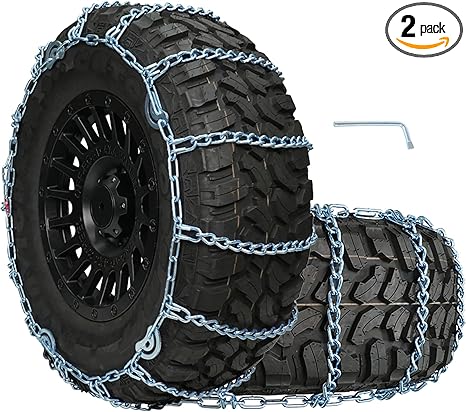Winter off-roading brings a whole new level of excitement and challenge to the world of 4×4 enthusiasts. The snow-covered trails, icy slopes, and frigid temperatures offer unique obstacles that test both the vehicle and the driver. Whether you’re a seasoned off-roader or a newbie ready to take on winter trails for the first time, preparing adequately is key to ensuring a safe and enjoyable adventure. This guide will help you get ready with essential tips and a gear checklist to tackle winter off-roading like a pro.
Table of contents
Essential Tips for Winter Off-Roading
Know Your Trail:
Winter transforms familiar trails into something entirely new. Snow and ice can conceal hazards like rocks, holes, or even drop-offs. Research your trail in advance, understand its challenges, and plan your route. If possible, consult local off-road groups for current trail conditions.
Tip:
Always let someone know your route and estimated return time, especially in winter, where getting stuck could mean hours or even days before help arrives. That is why it is essential that you take these tips into consideration.
Adjust Your Driving Techniques:
Driving on snow and ice is vastly different from driving on dirt or gravel. Here are a few pointers to keep in mind:
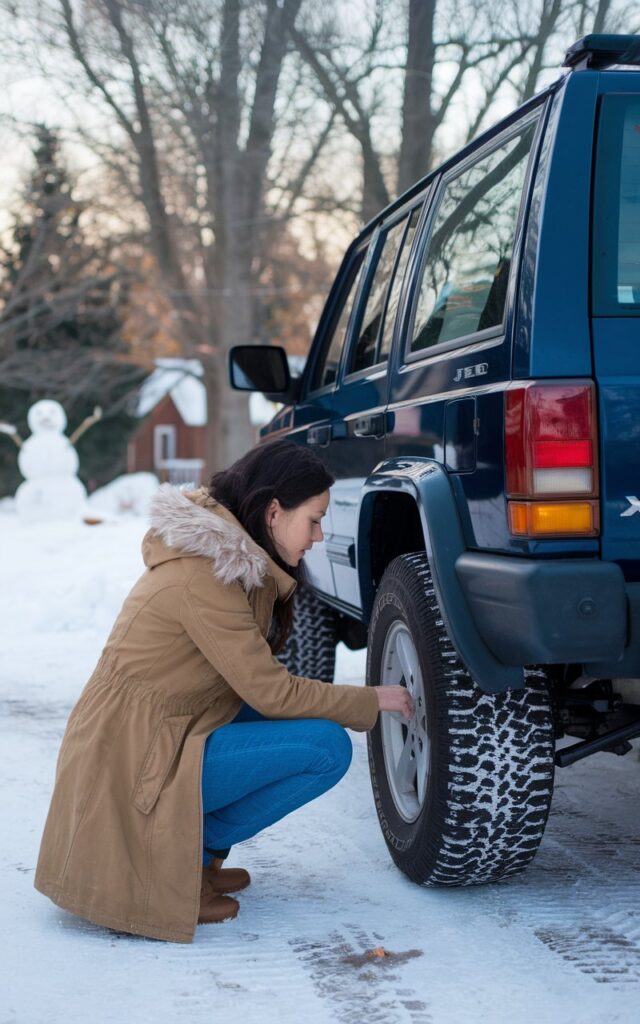
- Lower Your Tire Pressure: Reducing tire pressure increases the tire’s footprint, providing better traction on snow. However, don’t lower it too much—around 18–20 psi is usually safe.
- Go Slow and Steady: Speed is your enemy on slippery surfaces. Accelerate gently, steer smoothly, and avoid sudden braking to prevent skidding.
- Use 4WD. Wisely: Engage your four-wheel drive before you encounter trouble spots, not after. This preemptive use can help maintain traction and control.
Lower Your Tire Pressure: Reducing tire pressure increases the tire’s footprint, providing better traction on snow. However, don’t lower it too much—around 18–20 psi is usually safe.Go Slow and Steady: Speed is your enemy on slippery surfaces. Accelerate gently, steer smoothly, and avoid sudden braking to prevent skidding.Use 4WD. Wisely: Engage your four-wheel drive before you encounter trouble spots, not after. This preemptive use can help maintain traction and control.
Stay Aware of the Weather:
Winter weather can be unpredictable, with conditions changing rapidly. A clear morning could turn into a snowstorm in a matter of hours. Keep an eye on weather forecasts and be prepared to turn back if conditions deteriorate. Don’t wait until they start to get bad. It takes longer to get back out in the winter; you could find yourself trapped before you know it.
Tip:
Consider carrying a weather radio or using a reliable weather app for real-time updates. Now, of course, these may have limitations due to the lack of internet and cell service in the backcountry.
Essential Gear Checklist
Having the right gear is crucial for safety and success in winter off-roading. Here’s a comprehensive list of must-haves for your adventure:
Go here to get a copy of the list for yourself.
Recovery Gear:
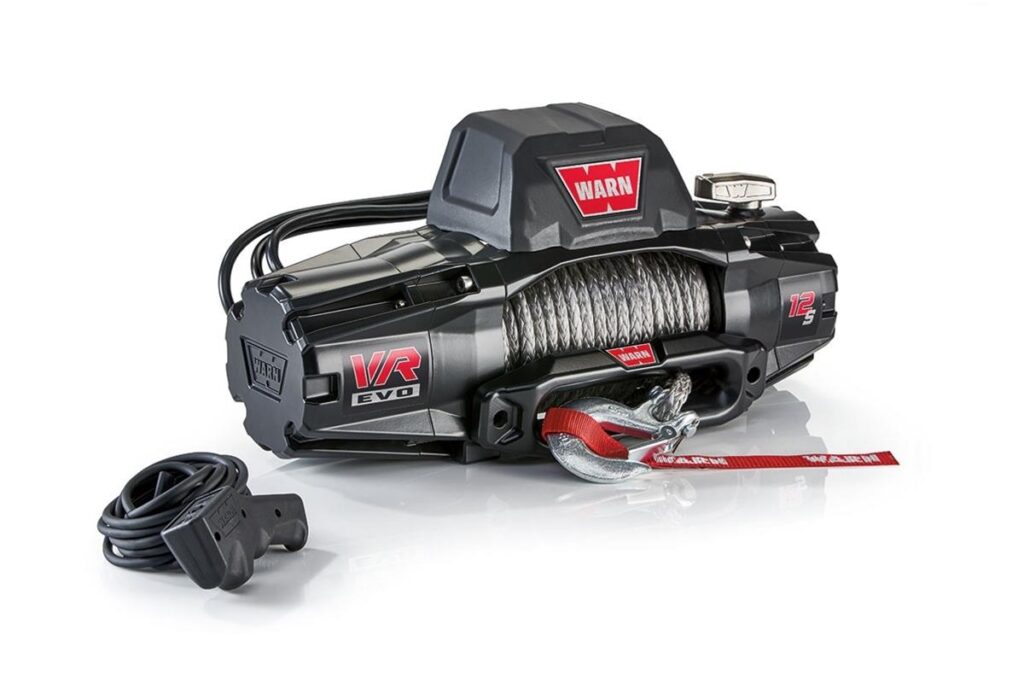
Winch: A reliable winch is arguably the most critical piece of equipment for winter off-roading. Snow can easily bog down even the most capable 4x4s. A winch like the Warn 103255 is compatible with most off-road bumpers and can pull your vehicle out of tricky situations.
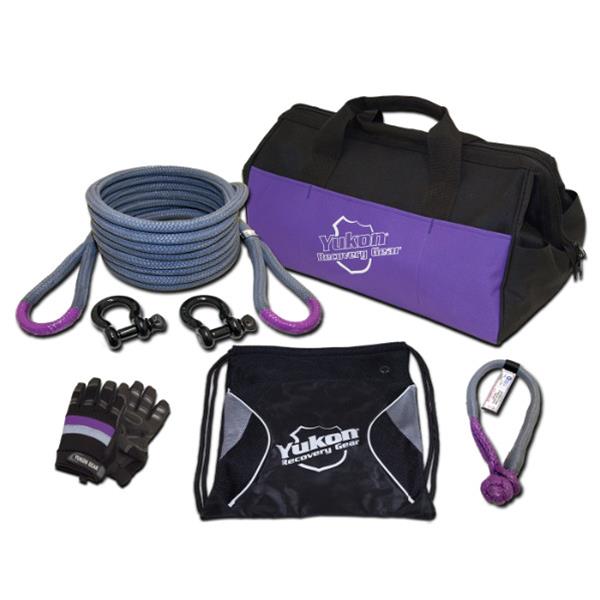
Tow Straps: High-quality tow straps are essential for pulling out stuck vehicles. Look for straps rated for at least twice the weight of your vehicle.
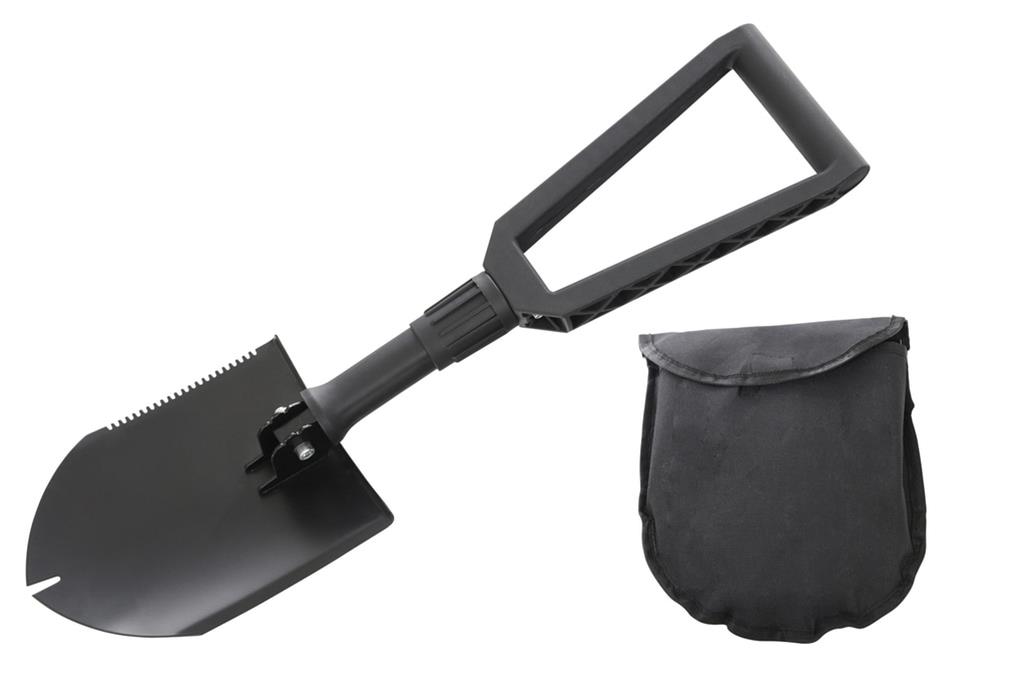
Overland Vehicle Systems Multi-Functional Military-Style Utility Shovels
Shovel: A compact, sturdy shovel is invaluable for digging out snow-packed tires or creating a stable winch anchor point.
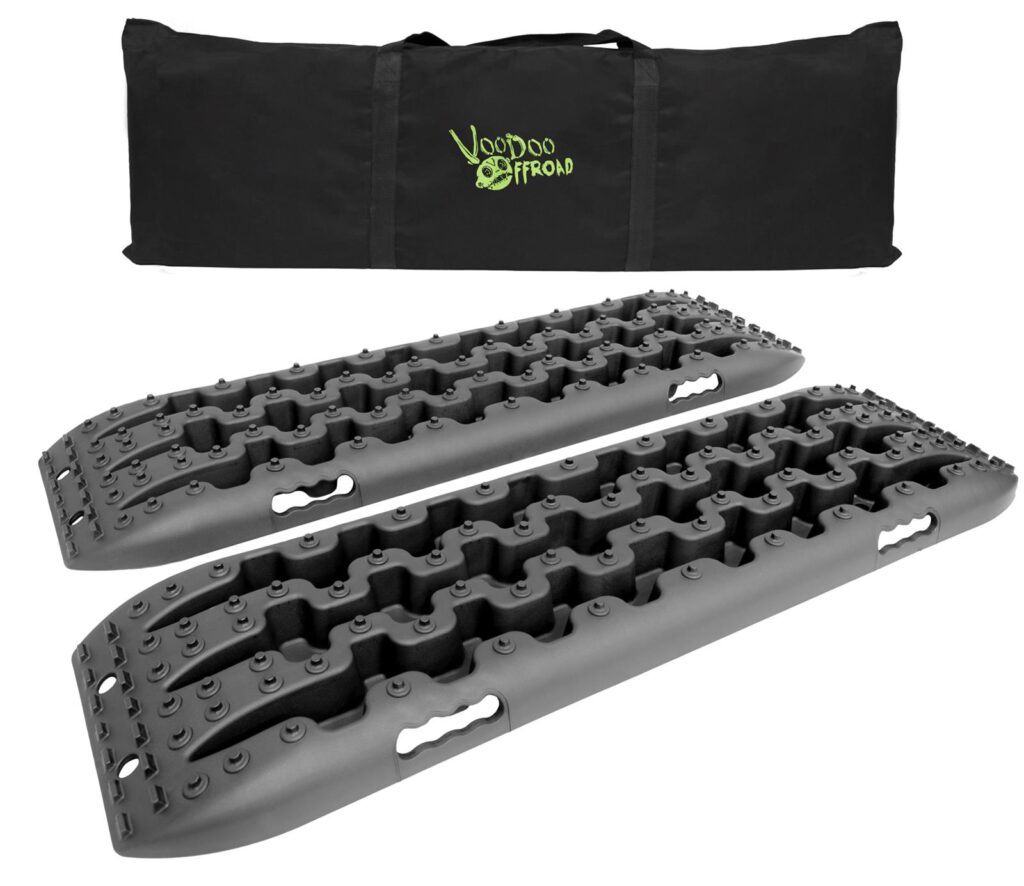
Traction Boards: These are perfect for gaining traction on icy surfaces. Place them under your tires to get moving again when stuck.
Tire Essentials:
Snow Tires and/or Chains: Winter-specific tires provide better traction in snow and ice. If you’re sticking with all-terrain tires, carry a set of tire chains for the front and rear tires to maximize grip.

Tire Repair Kit: Sharp ice or hidden rocks can puncture tires. A repair kit will allow you to fix punctures on the spot and avoid getting stuck.
Survival Gear:
Emergency Blanket and Sleeping Bag: If you get stuck overnight, an emergency blanket or sleeping bag will keep you warm. Choose gear that is rated for sub-zero temperatures.

Extra Clothing: Pack extra layers, including thermal socks, gloves, hats, and a waterproof jacket. Hypothermia is a real threat in winter conditions.

Food and Water: Carry enough food and water to last at least 48 hours. Energy bars, dried fruits, and nuts are good options for high-calorie sustenance. Food for hiking works great; it is easy to carry and doesn’t take up much room.

First Aid Kit: You need to have a first aid kit with the essentials in it for minor injuries. They will also have some medicine for minor pain as well. They come in a wide range of prices and sizes, so you can pick which one will best fit your needs and available space.
Navigation and Communication:
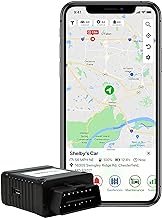
GPS Device: Winter conditions can obscure trails, making navigation challenging. A GPS device specifically designed for off-road use will help you stay on track.
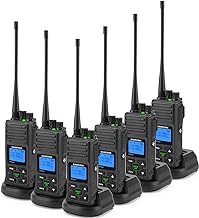
Two-Way Radio: In areas with no cell service, a two-way radio can be a lifesaver. It allows you to communicate with your group or call for help if needed
Emergency Tracking Device:
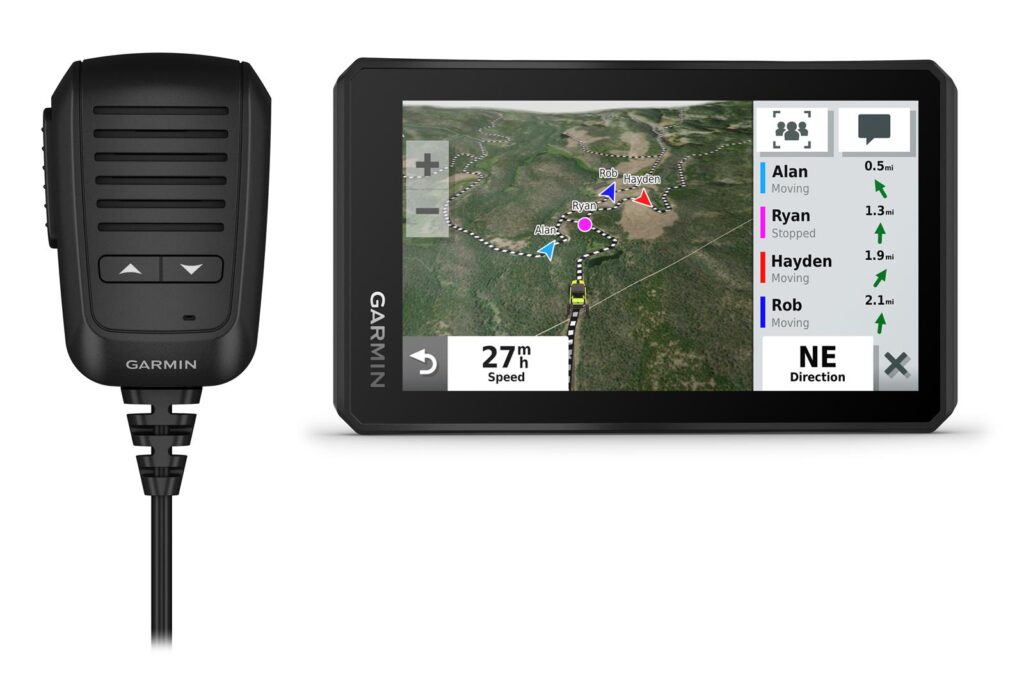
These Devices are very importaint: With an emergancy tracking device it can share your location and send SOS to get help even if there is no service in the ares where you are at.
Lighting and Visibility:

LED Light Bar: Winter days are shorter, and visibility can be poor. A high-quality LED light bar mounted on your vehicle can illuminate the trail and help avoid hazards.
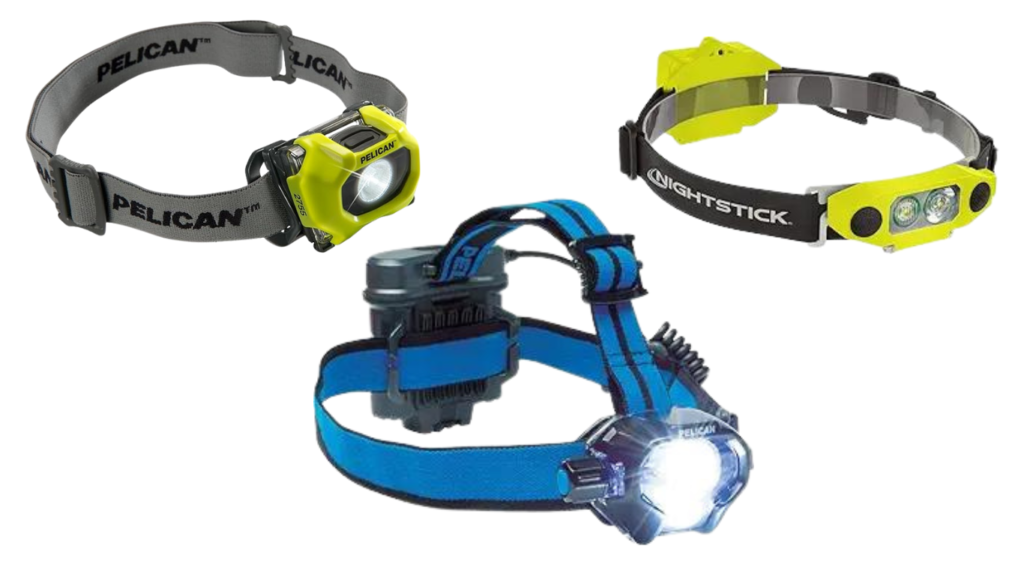
Headlamp
Headlamp: A headlamp is essential for working around your vehicle in the dark. Make sure it’s waterproof and has a long battery life.
Preparing Your Vehicle

Check the Battery: Cold weather can reduce battery efficiency. Ensure your battery is in good condition and consider a jump starter pack as a backup.
Inspect the Cooling System: Make sure your antifreeze levels are adequate and check for any leaks.
Lubricate Locks and Hinges: Use a silicone-based lubricant to prevent freezing.
Final Preparations
Before heading out, do a final check of your gear and vehicle. Make sure everything is securely packed and accessible. It’s also wise to do a short test drive in similar conditions to what you expect to encounter. This helps ensure both you and your vehicle are ready for the adventure. And of course, take a buddy or two; it’s always funner with more people, and it’s also safer.
Conclusion
Winter off-roading can be an exhilarating and rewarding experience, but it demands respect for nature and preparedness. By following these tips and ensuring you have the right gear, you can enjoy the thrill of winter trails while staying safe. So, gear up, check your list twice, and get ready to tackle the winter wilderness. With the right preparation, your winter off-roading adventure will be one for the books!
P.S. Stay safe and prepared on your next winter off-roading adventure! Download our comprehensive checklist and get all the tips and gear you need. Get your free copy here!

